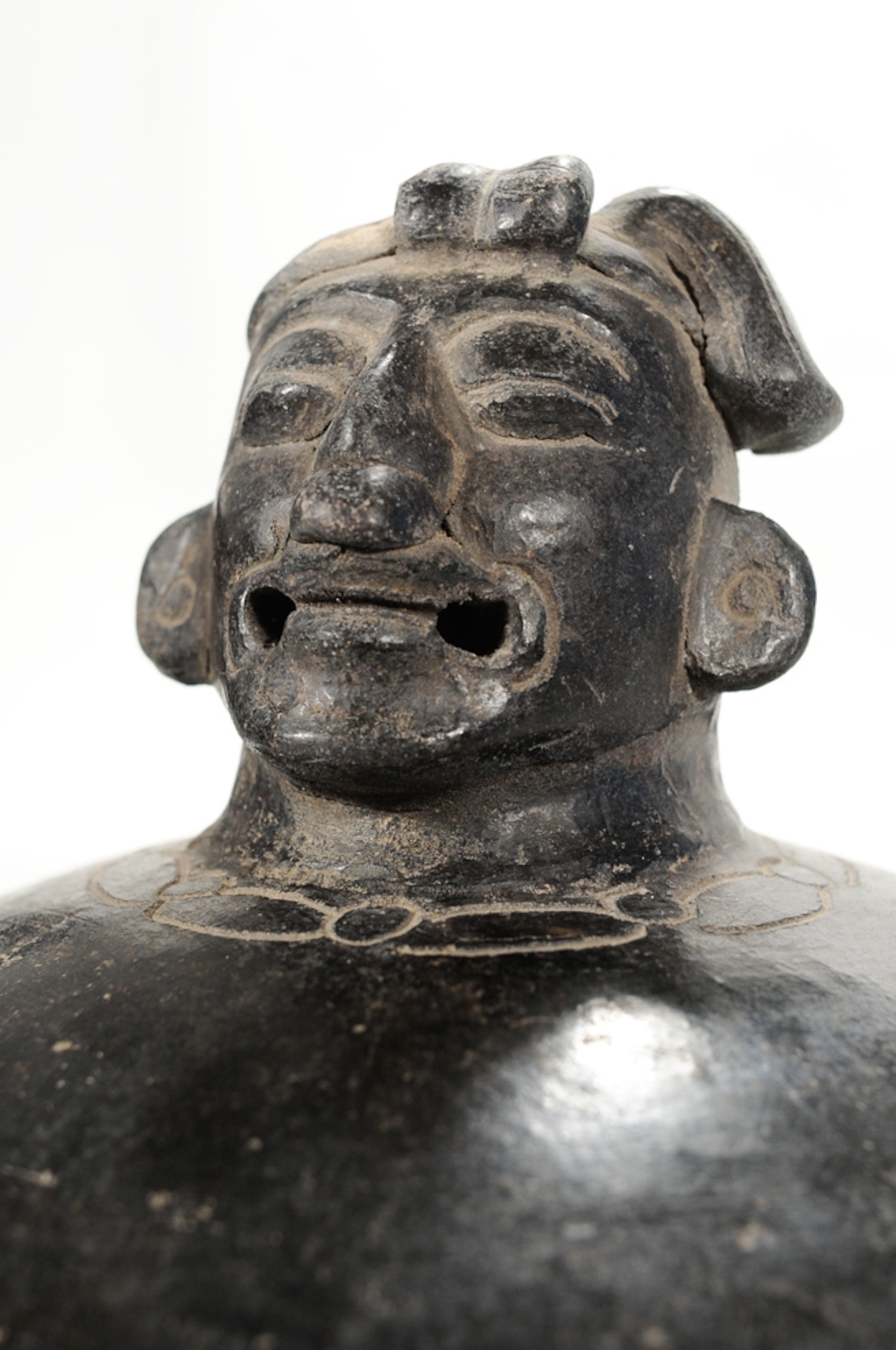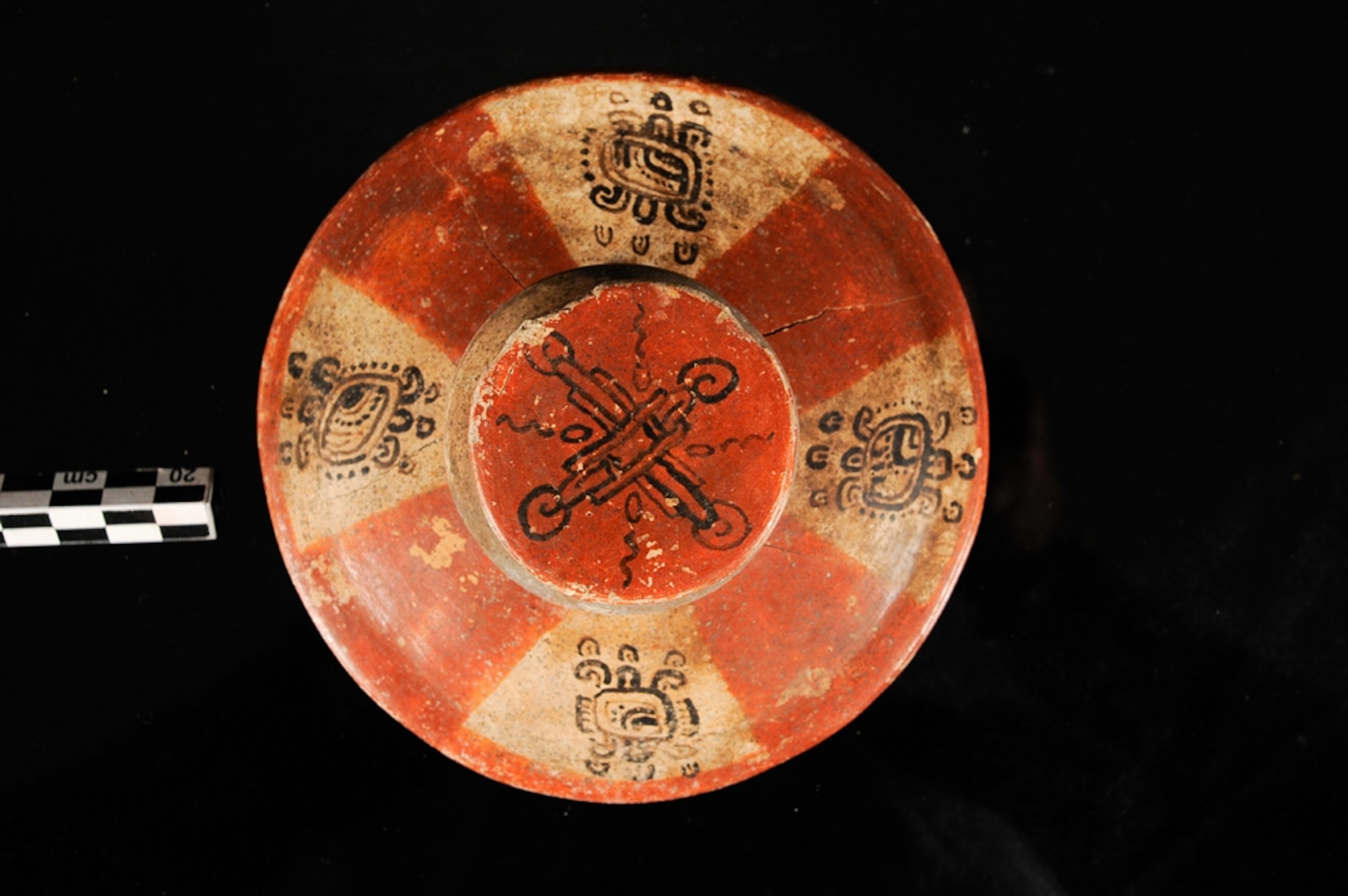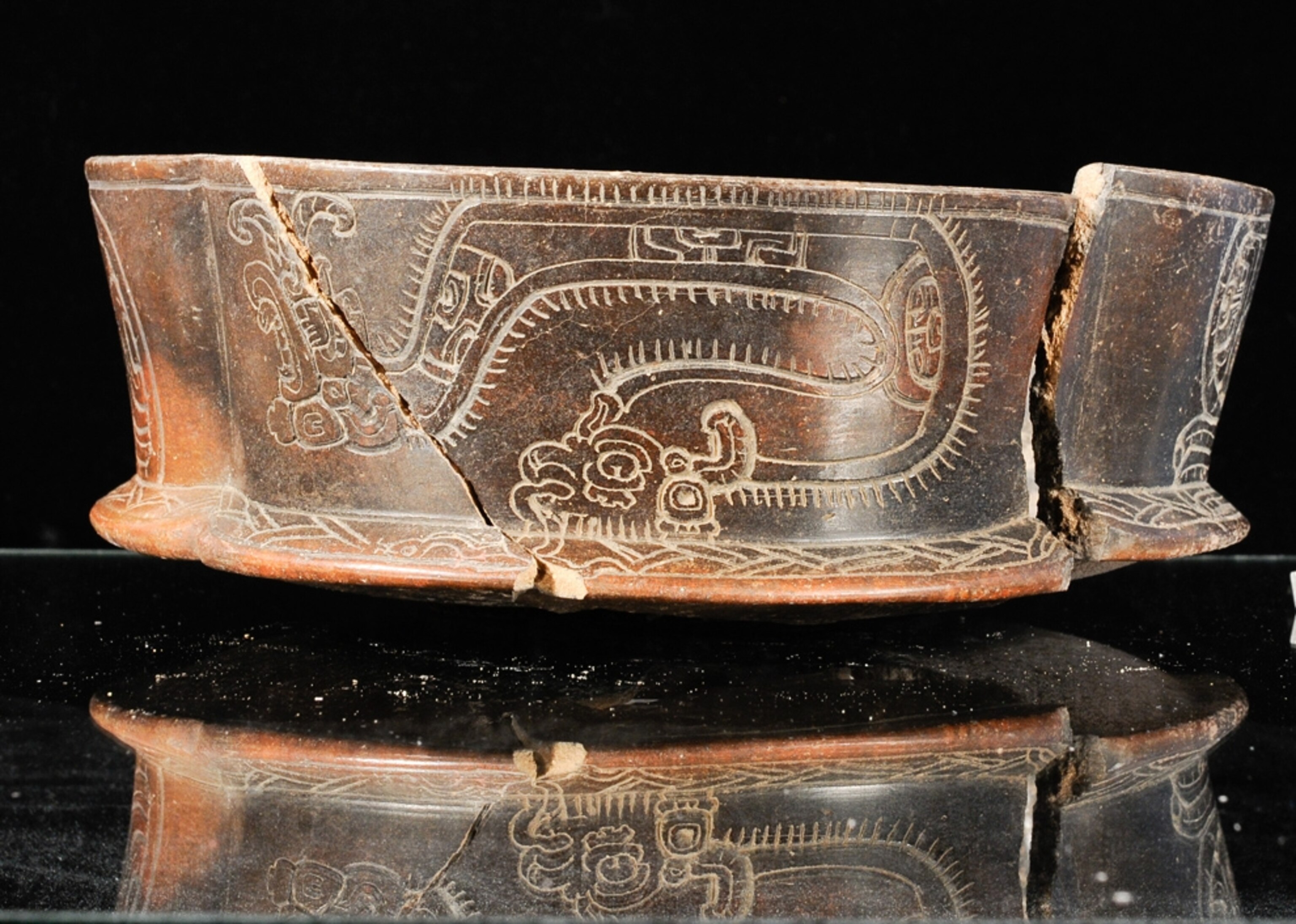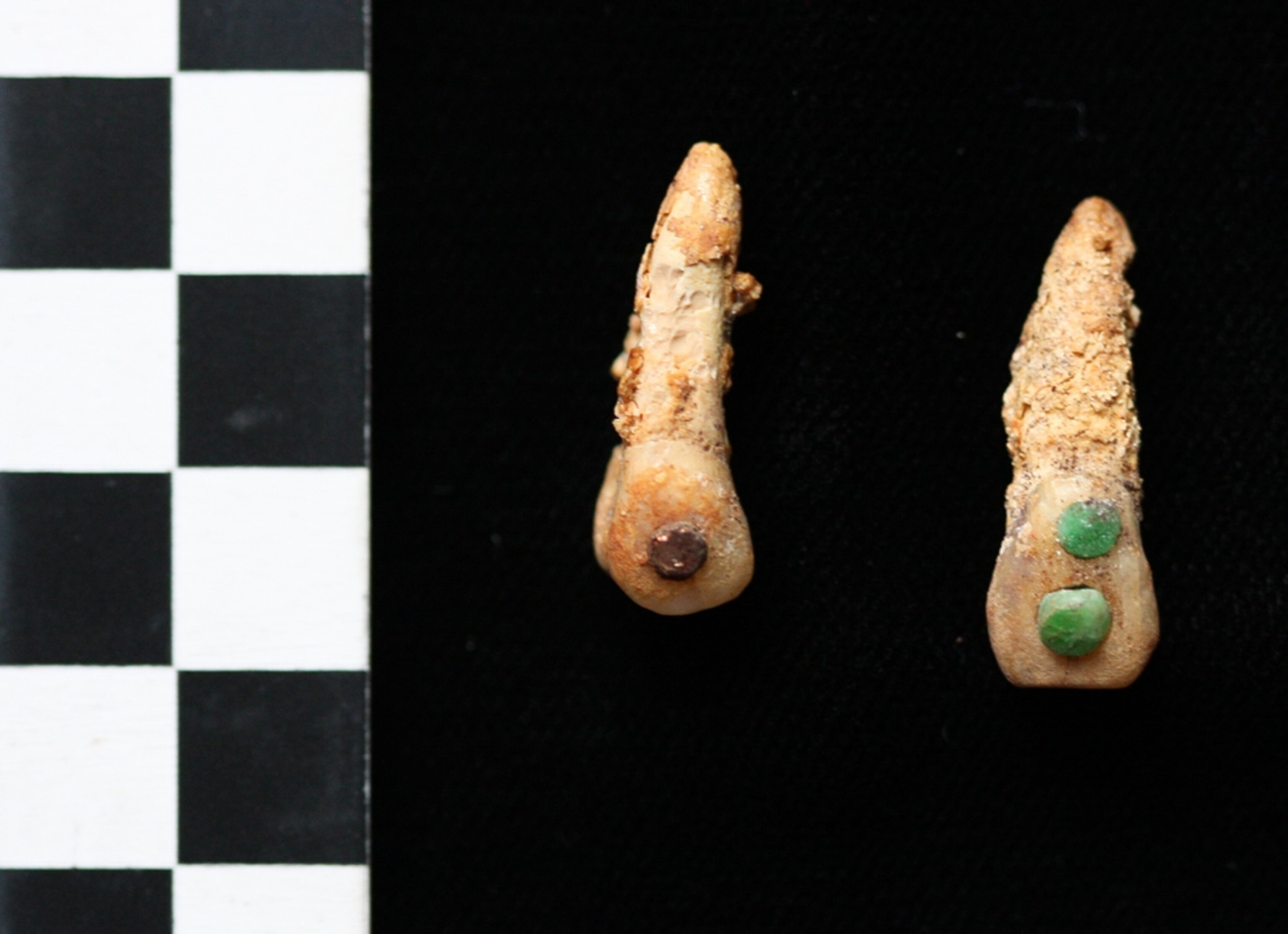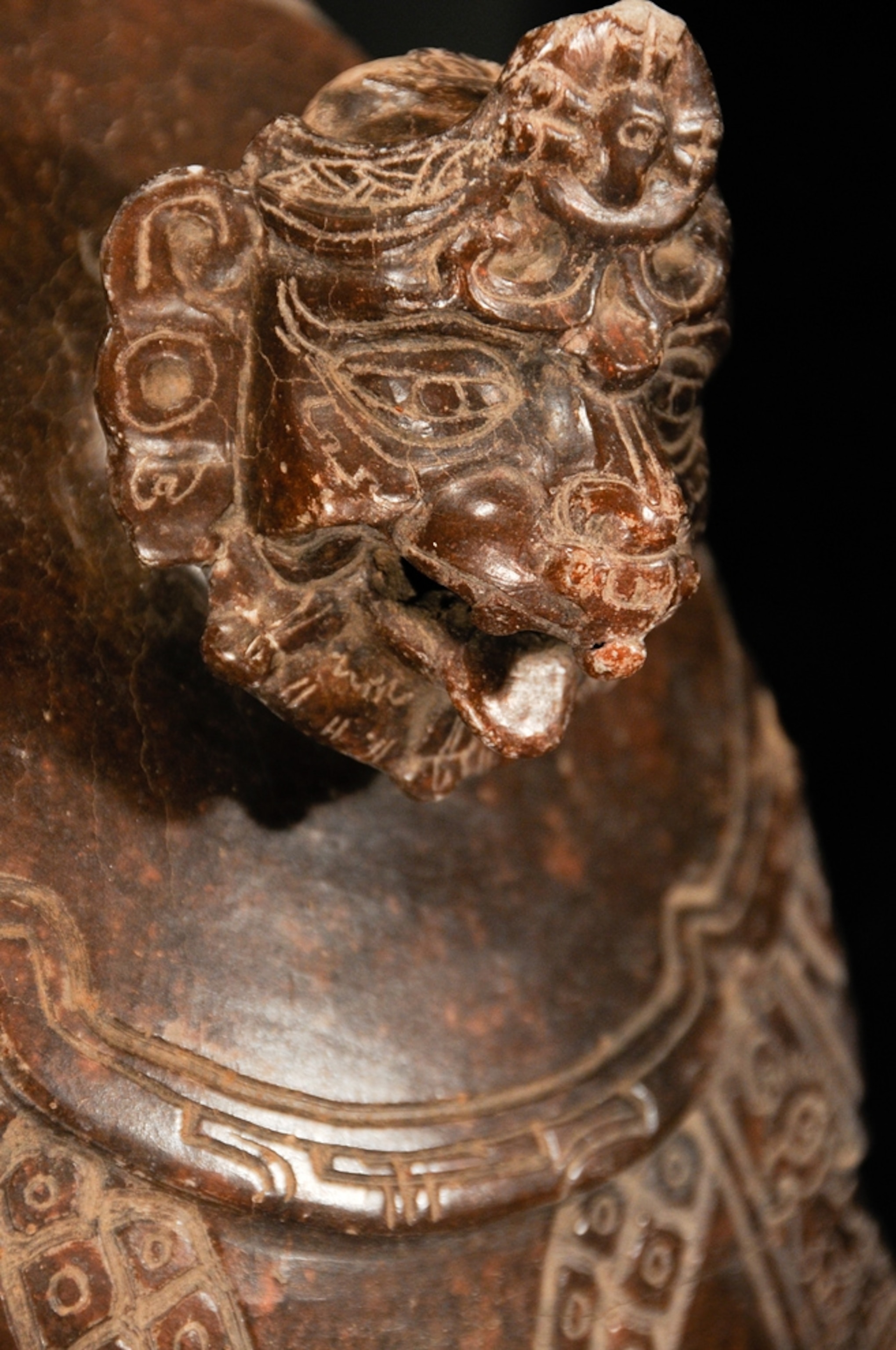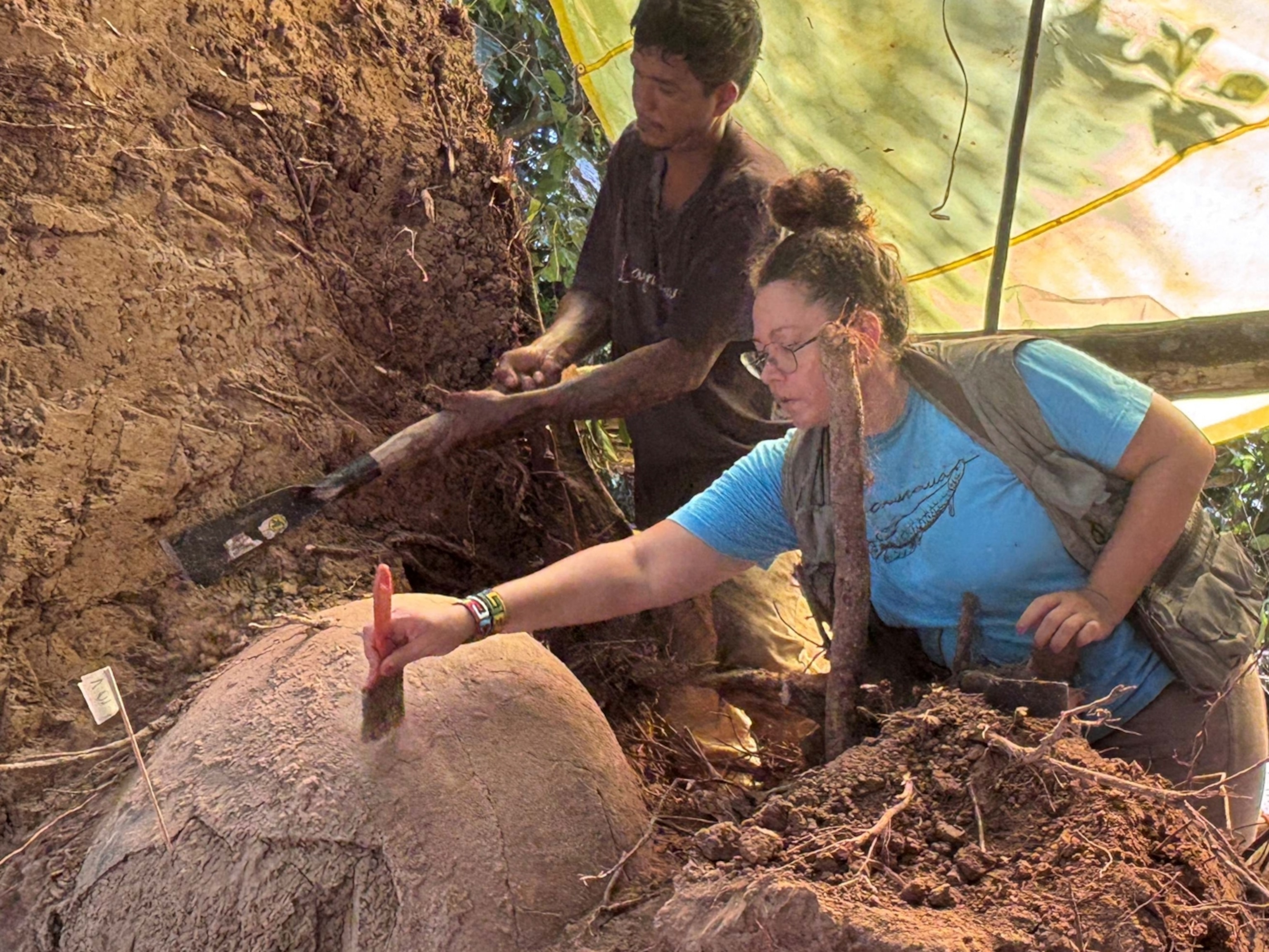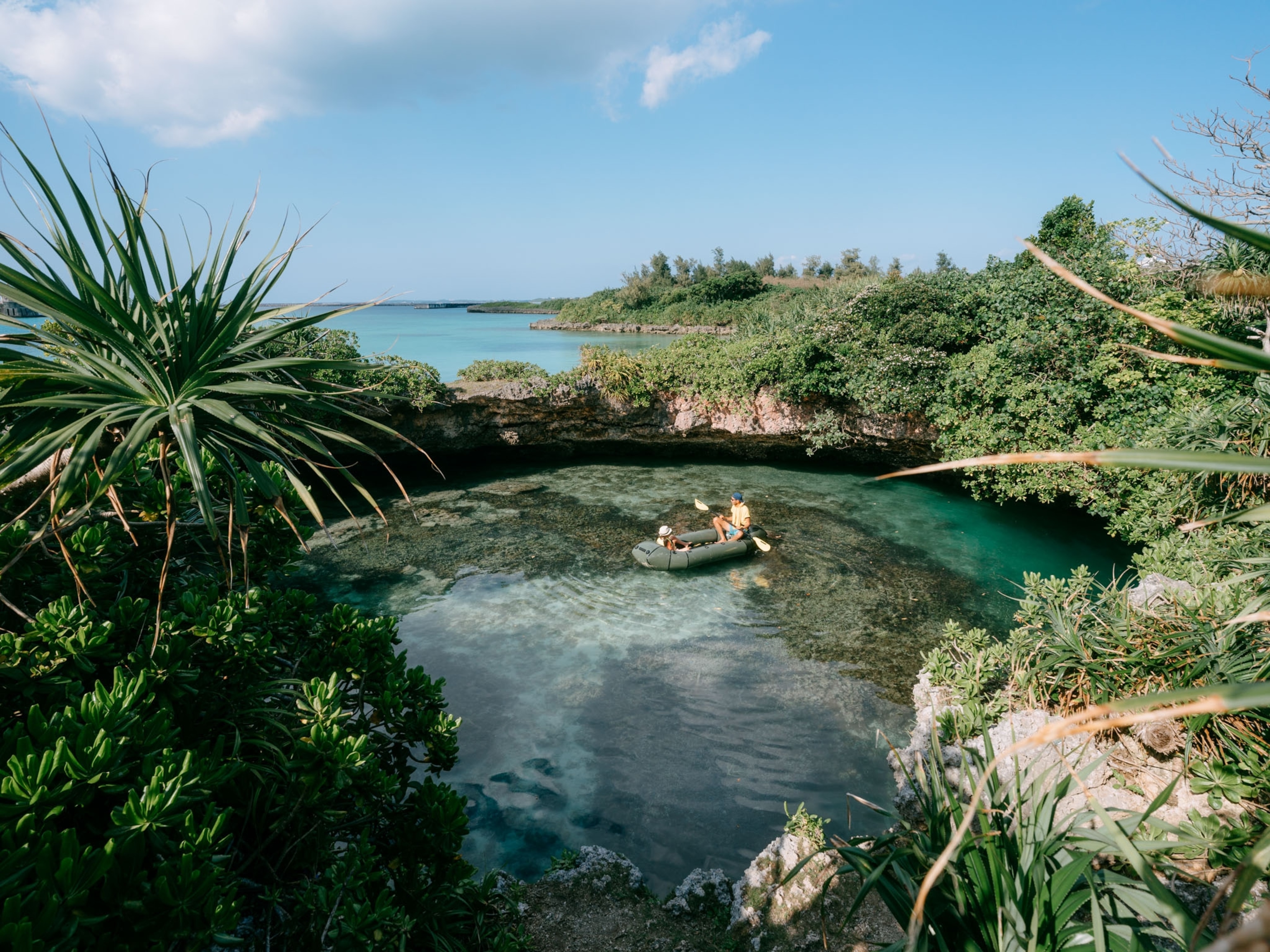1 of 8
Photograph courtesy Arturo Godoy
Pictures: Odd Maya Tomb Yields Jeweled Teeth, More
Human fingers in stunningly preserved tamale bowls, jeweled teeth, monkey-head pottery, and more have been found in a Maya tomb, archaeologists say.
July 22, 2010


